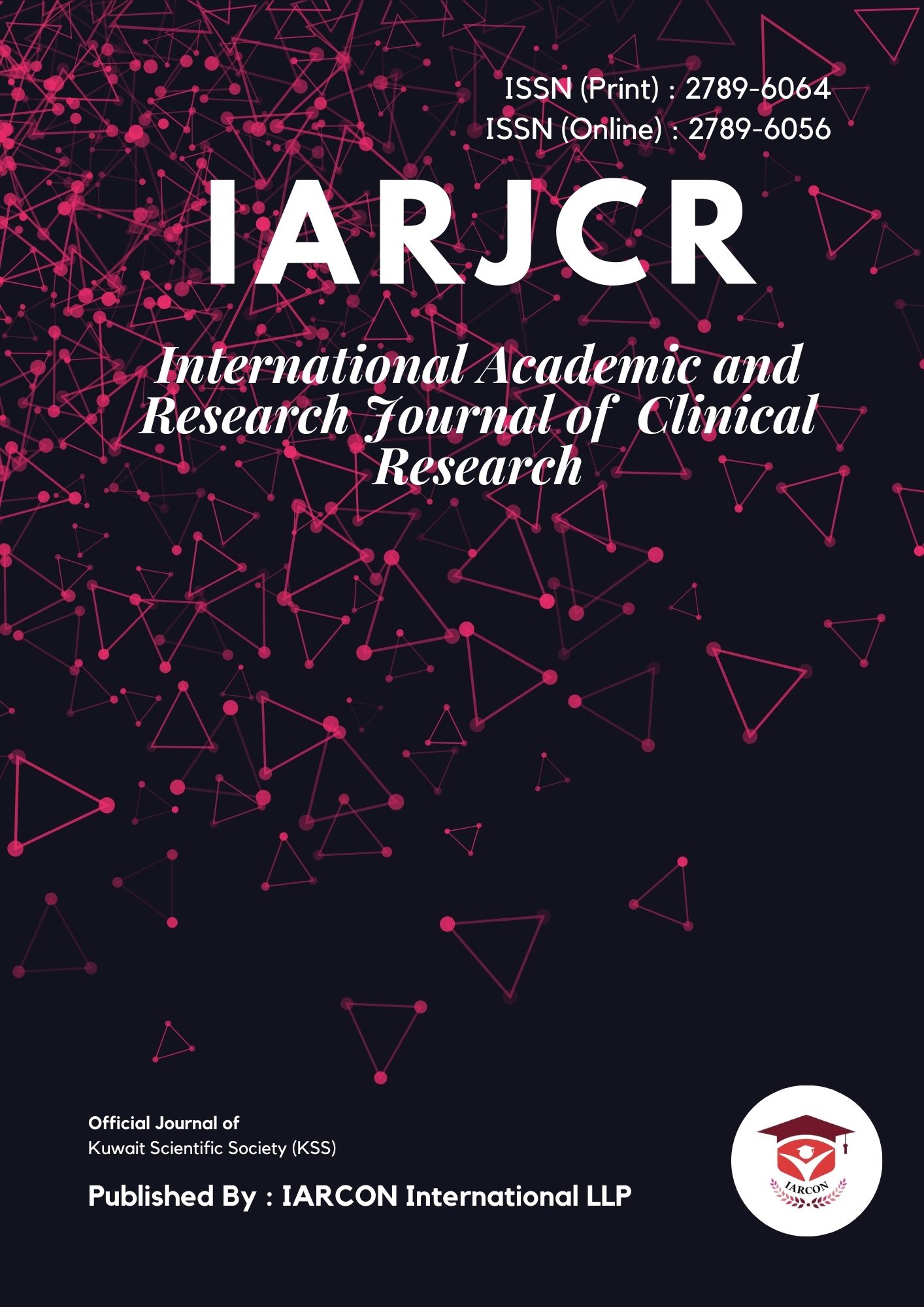Understanding Public Knowledge of Pediatric Infectious Diseases and Prevention in Himachal Pradesh
Background: Pediatric infectious diseases significantly impact child morbidity and mortality in developing regions, including Himachal Pradesh. Effective prevention relies on public awareness of vaccination, hygiene practices, and early symptom recognition. Limited healthcare access and educational disparities in this region can hinder disease prevention efforts, underscoring the need to assess public knowledge to identify gaps that may impede effective intervention.Materials& Methods: This descriptive, cross-sectional study was conducted from August to October 2024, with 400 adult participants from Himachal Pradesh. Data were collected via an online structured questionnaire distributed across social media platforms. The questionnaire included socio-demographic details and 20 questions on pediatric infectious diseases, preventive practices, and vaccination awareness. Scores were categorized as Very Good (>80%), Good (60-79%), Fair (41-59%), and Poor (<40%). Data were analyzed using Epi Info V7 software.Results: Findings revealed a foundational understanding of general symptoms and hygiene practices, but gaps remained in knowledge of specific diseases and vaccine functions. While 57% could identify common viral symptoms, only 46% recognized a high-pitched cough as a sign of whooping cough. Handwashing was recognized as an essential preventive measure by 59.5% of respondents, though only 48% associated it with respiratory infection prevention. Regarding vaccination, 67.5% understood the importance of routine schedules, but only 49.5% identified the BCG vaccine’s role in tuberculosis prevention. Knowledge scores showed that 25% of participants demonstrated Very Good awareness, while 34% scored Good, 28% Fair, and 13% Poor, highlighting opportunities for targeted health education.Conclusion: Residents generally showed foundational knowledge of pediatric infectious diseases, yet specific gaps remained, particularly in recognizing symptoms, vaccine functions, and varied hygiene practices. Targeted community-centered education could bridge these gaps, empowering caregivers to support effective early intervention and disease prevention, ultimately improving pediatric health outcomes in Himachal Pradesh.

